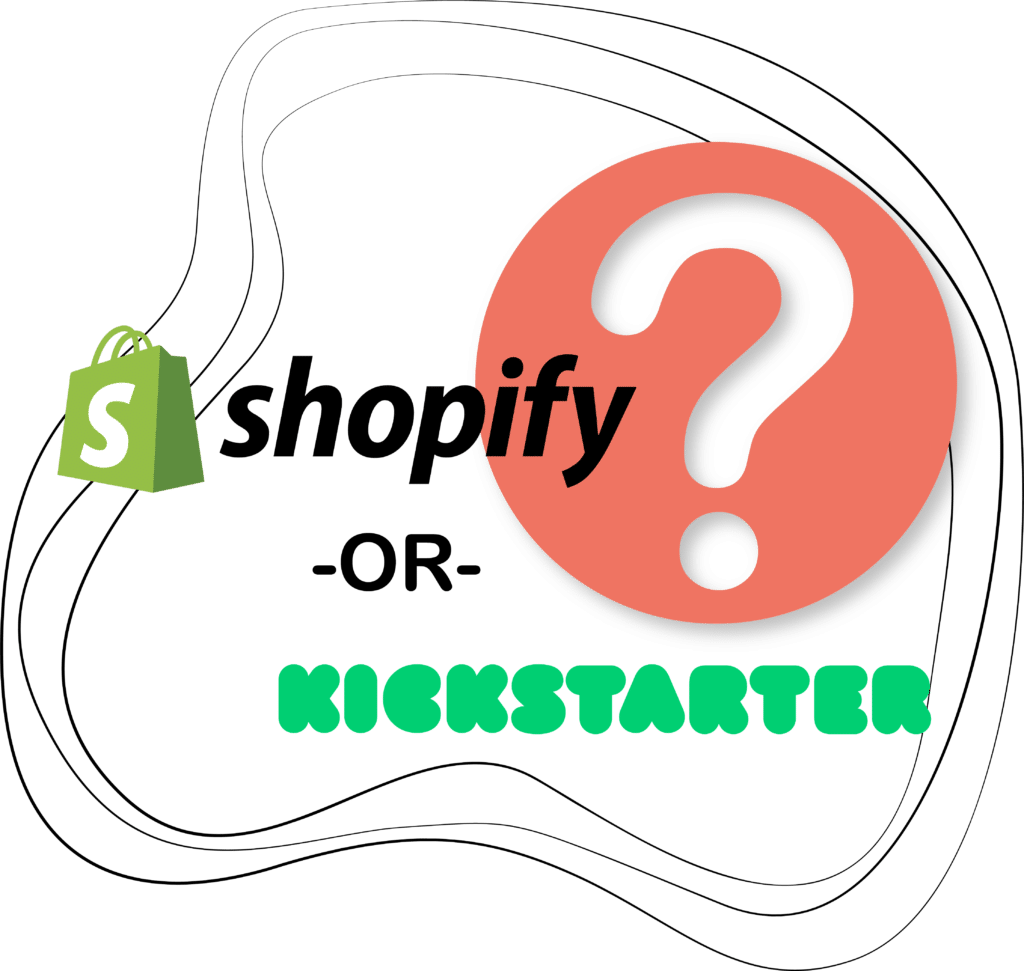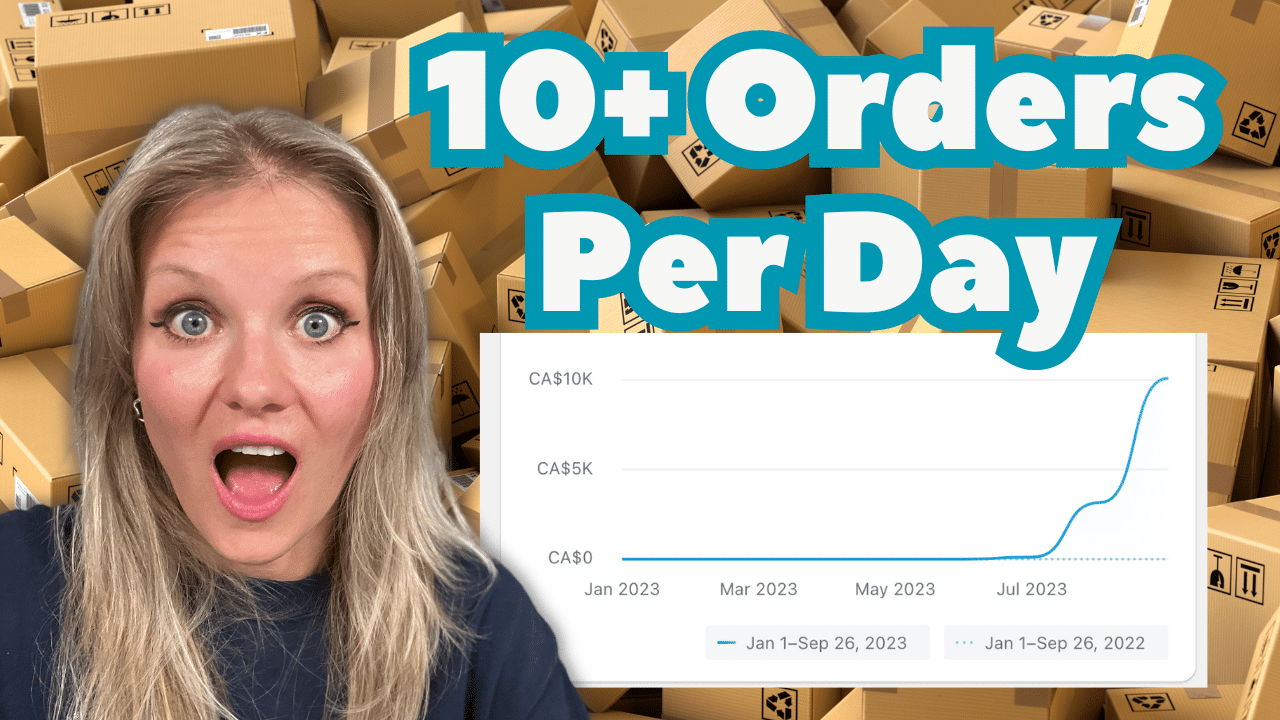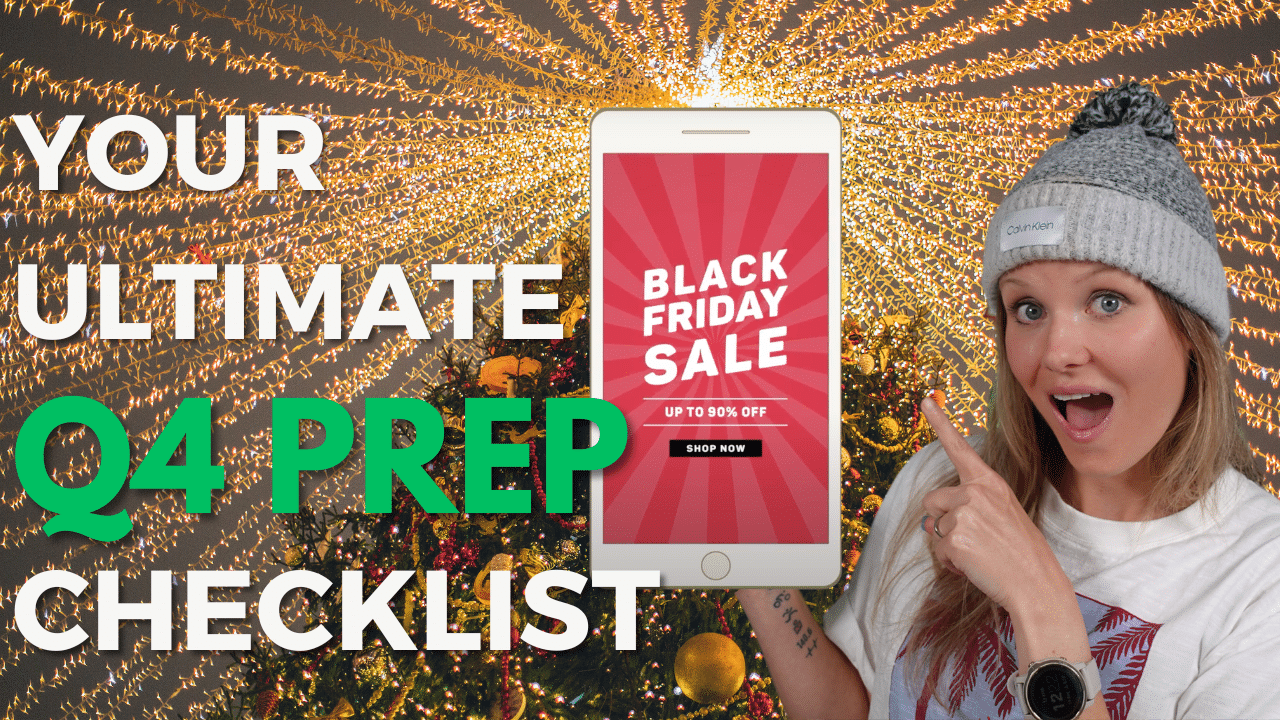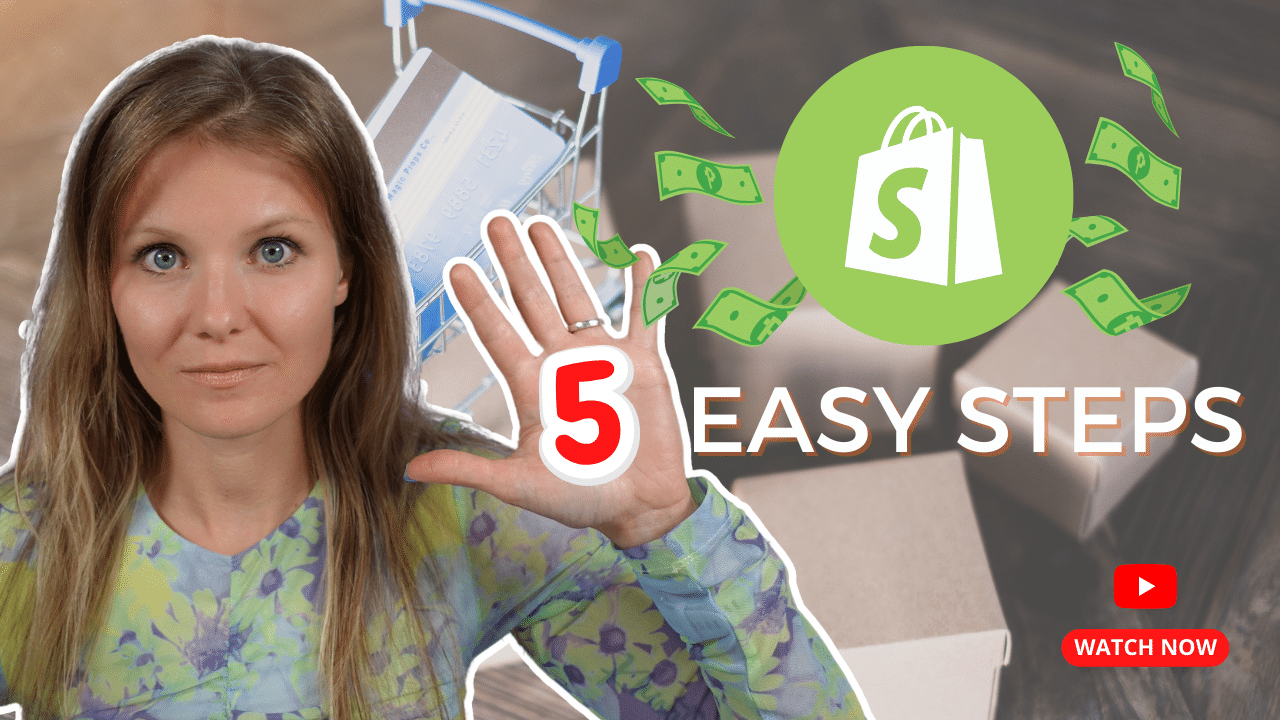
Hey guys, welcome to the Launch and Scale podcast, I’m Khierstyn, this is episode two and this episode is covering how the heck do you know if someone really wants to buy your product before you sink thousands of dollars into it. Which is going into, how do you validate your ideas quickly and move on to ones that are actually going to sell for you? This is a question that was posed by Brett Buxton, so this is a question that he emailed into me after I asked everyone on our email list, really, what is the question you want me to cover in the new podcast? And so I broke his question into two episodes where we covered the first part of the question in episode one. So, if you missed that in terms of the debate between do you develop a Me-too, or a brand type product, head over to episode one and grab that.
Today’s episode is going to be focusing on how to really validate and give you confidence in your idea, prior to sinking thousands of dollars into it. As a recap, here is the question that Brett asked. “If we’re all hoping to avoid the price wars on Amazon as a seller, how can we be sure people will want what we decide to make? I know myself and a lot of others rely heavily on Jungle Scout to tell what and how much is selling on Amazon, and when I first started the Me-too product thing. I still look at Jumbo sales numbers when developing my new product and tried to give the market what it seemed like it needed, based on personal preference and examining reviews of other products on Amazon. Beyond that, though it’s a little bit of a crapshoot. Would love to hear some input on this.”
So, Brett, great question. In terms of how to make absolutely sure your product sells before you sink thousands of dollars into it, while you can gauge market interest online by looking at Google Trends, you can look at similar products that are selling to yours on Amazon and look at the reviews. Ultimately, if you are bringing a proprietary product to market that is a new version of something that already exists and something that you patent and something that has IP that you own, versus doing the white label side of things by slapping your brand on to an existing product, that information you get from Jungle Scout, Amazon and others like Google Trends, is really limited.
So, how do you know that people are actually going to buy your product? A few weeks ago now, I was going through Netflix late on a Saturday night, we’ll say, and I came across a documentary called Mad Men. It is a behind the scenes look at Steve Madden, the fashion shoe brand as of a couple of years ago, was doing over a billion dollars in sales in the fashion industry. And because I didn’t know much about this brand, I know that I like the shoes, but in terms of the founder, I hadn’t really heard much about him, so I press play. And within the first few minutes of the documentary it shows their office in Brooklyn, I think, New York, and there’s something that they did that really stood out to me.
It’s really the reason, in my mind, why Steve Madden is such a powerhouse of a brand and why they’ve successfully brought products to market over and over and over again, that have been best sellers. And what it comes down to is Steve Madden, when they get an idea for a design, so their head of product design gets an idea, or Steve feels inspired by something he sees on the street, then they bring it back to their office. They sketch up a prototype of this new design that was inspired, and they have two choices at this point.
If they think, “Wow, this is a great shoe and it’s going to be a best seller,” they can go and create 10,000 units of this thing right off the bat, and spend thousands of dollars and start to plan to roll it out into their stores. But doing that, they don’t have actual concrete evidence of whether the shoe is even going to sell. They get great ideas all the time, but how do you know that all of their ideas are good.
Instead what Steve and his team do, is they have a litmus test. They take this new prototype. They develop about eight to ten different pairs of these, or maybe 12. But a very limited number, and what they do is on a busy Saturday afternoon they go to Soho in New York. They put the new shoes up and there are a couple of people from their head office will sit and watch how people react to the new shoe. And their litmus test is on a busy Saturday afternoon in Manhattan. If they go and sell 8 out of 12 pairs at this one store, then this is a product that is going to be successful.
When they pass the litmus test, that’s when they bring it to manufacturing. That is how they gauge with confidence whether this thing will sell. But not only that, when someone goes to buy their shoe, Steve’s team, that will go up and asks this person, what do they like about the shoe, see who they are, and really get to understand the demographics and what it was about the shoe that drew someone to it.
So, they’re using a litmus test to prove it will sell, but also gauge customer reaction by asking them, really, what it is about the product. When they get that feedback, then this is a checkmark in their brain, that, “Okay, this is 100% a product that will sell. So we have confidence in investing in manufacturing and then planning a product rollout.”
It’s very similar to… that’s what a lot of very successful retailers do. They will do a test run with a limited number of units, see how it sells before investing a lot of money to do a full product launch rollout.
And I know that Steve Madden is a billion-dollar brand, and they have the resources to quickly turn around ideas, and you work out of your parents’ garage or in your basement, may not have the luxury of testing ideas that quickly. What I want you to take away from that, is the idea of having your own version of a litmus test. The only thing that is going to give you certainty in your product being successful, is by creating a prototype of it and having it interact with customers. If you have the resources, best case, what I want you to do is I want you to do an initial manufacturing run of say five to ten different units and get people, who you think your customer is and your network. Send the product home with them and get them to use it for a two week or 30 day period. And then get feedback. And what you do is you use this as a beta test.
There are many different ways to do this, but ultimately the main way to make sure that your product is going to sell is to solicit customer feedback. Because you think you have a great idea now, and when you use Jungle Scout or tools online that will tell you, verify for sure, that this is an industry that people are spending money in. And your product type are things that people are still buying and it’s on the rise, and it seems like a good investment.
What you don’t have though is intimate understanding of why your customer actually loves your product, or what they hate about your product. And so you’re going to use your customers feedback to craft an awesome product.
And this quote I want to leave you with, from Steve Madden, I absolutely love it. It’s, “The selling is just as important as the creating.” So, while you go to think of how to sell this product, ultimately the only thing that’s really going to give you longevity and a chance at success is to focus on designing an amazing product. This is like a two-part episode, does my product sell? Okay, yes you have that, but in the product design phase, I think that a lot of people don’t go to their customer enough and really use their customer interacting with their product and understanding how they use it. They don’t use that enough. I want to leave you with that. If you want full confidence that your product will sell, you have to really bring it to the customer level and gauge interest and make iterations based on feedback, until you have something that people really love.
So, that is my take on Brett’s question, which is ultimately how do you make sure that you have faith that someone will buy your product before you sink thousands of dollars into it? And have a litmus test.
Apart from that, if you have a product that you were looking to launch online, be it your current e-commerce brand or you’re starting from scratch, and you want to talk to me, do head over to khierstyn.com/schedule. I do strategy sessions to map out the course of your product to the market. It’s a free session. I’d love to see how we can work together. So, my name is pretty impossible to spell so it’s khierstyn.com/schedule. There you’ll be able to schedule a free 45-minute session with me, tell me a bit about your product and your launch goals and then we’ll take it from there.
I’ll talk to you guys next time.





